
One of the aspects of writing this blog, especially for 19+ years now, is the associations, connections, and friendships you make along the way. Thanks to JacoBLOG, I’ve had the good fortune to meet many quality people doing amazing work in and out of media, and particularly, radio.
And many regular readers – especially those of you who are frequent commenters – regularly give me additional food for thought, reminding me of the things I had not thought about or did not know. I always try to respond to all their musings because of the importance of maintaining a healthy dialogue between me and you.

One of those is Eric Jon Magnuson, who almost always has a unique perspective on our posts. Eric is production manager for North American Network, and someone who often brings added value to our posts. His unique contributions almost always focus on what broadcasters from around the world are doing.
From my involvement with Radio Days Europe and now Radio Days North America in Toronto over the years, I’ve learned how important it is to leave the U.S., and spend quality time with radio and media people from around the globe.
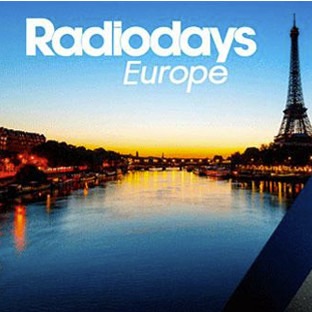 There was a time, of course, when it was the other way around. Broadcasters from all over the world made the trek to America, usually landing in New York or L.A., checking into a hotel, and monitoring that radio market in search of compelling, innovative radio. From my conversations with international broadcasters, that has sadly become a rarity.
There was a time, of course, when it was the other way around. Broadcasters from all over the world made the trek to America, usually landing in New York or L.A., checking into a hotel, and monitoring that radio market in search of compelling, innovative radio. From my conversations with international broadcasters, that has sadly become a rarity.
Don’t get me wrong. Here in the U.S., we have many strong chief executives running radio companies all of which are in the midst of their digital transformation. They are executing their strategies, while navigating the tenuous waters of the American media landscape. Later this month at the NAB, a number of these leaders will once again take the stage, doing their best to analyze the rest of this year, as well as their “take” on the future. If you follow the industry, you know pretty much where they stand.
But if you want to leave the American bubble, you usually have to hit the conference circuit. Back in 2022, I had the honor of interviewing Tobias Nielsen, at the time, Bauer Media’s International Director of Premium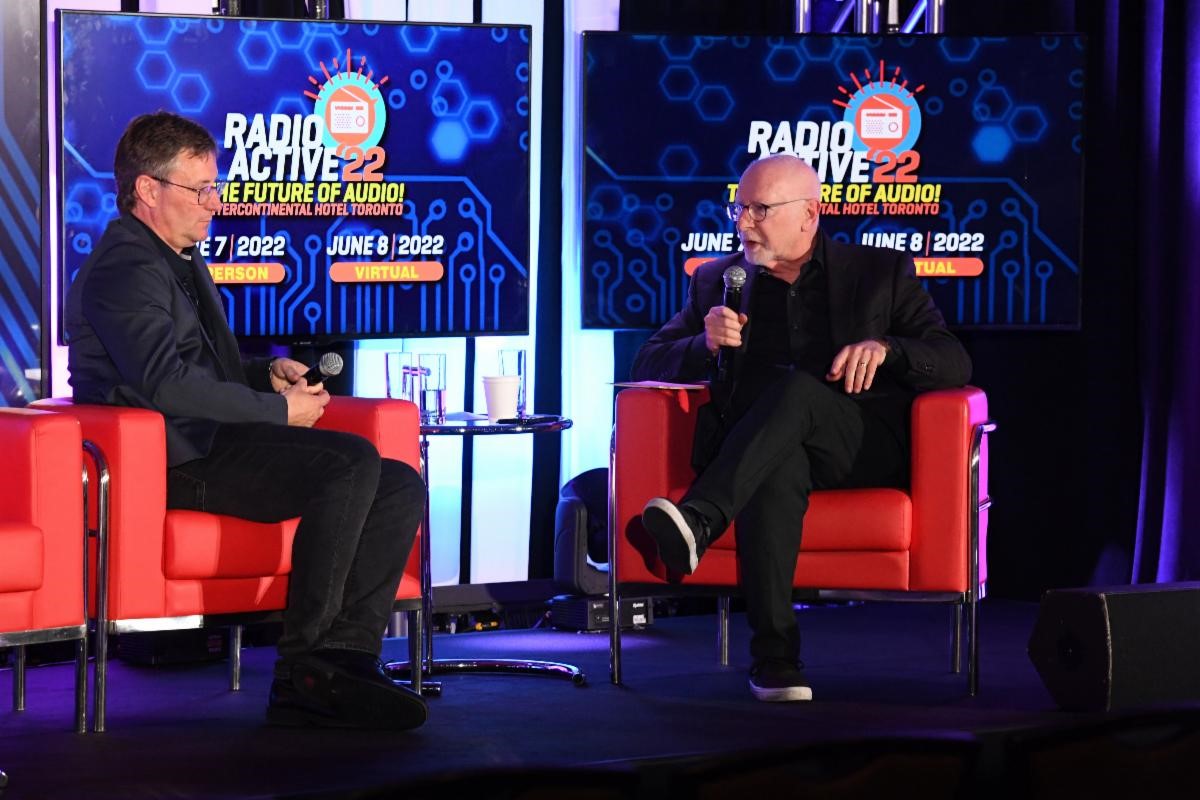 Products (pictured). Back then, Tobias was launching an aggressive program of streaming versions of some of his company’s best radio properties. The difference was these digital products were very much like what you’d hear on Spotify – commercial free and the ability to skip several songs an hour. The business model? A subscription fee – a truly rare experiment for broadcast radio anywhere and the first time it’s been attempted in Europe. Just over a year ago, Tobias was named COO of Bauer, an obvious indicator that innovation pays off.
Products (pictured). Back then, Tobias was launching an aggressive program of streaming versions of some of his company’s best radio properties. The difference was these digital products were very much like what you’d hear on Spotify – commercial free and the ability to skip several songs an hour. The business model? A subscription fee – a truly rare experiment for broadcast radio anywhere and the first time it’s been attempted in Europe. Just over a year ago, Tobias was named COO of Bauer, an obvious indicator that innovation pays off.
Sadly, aggressive thought leadership in radio here in America is often in a state of stasis – very little in the way of innovation or risk-taking tends to be happening with any degree of regularity. Don’t get me wrong – there is experimentation on the U.S. radio dial – but it tends to be sporadic and rarely produces meaningful, scalable change. New formats are very few and far between, whether on FM frequencies or on HD radio subchannels. As we’ve discussed often on JacoBLOG, most radio companies tend to restrict their format efforts to the confining 30-year repetitive target of 25-54, rarely veering above or below.
So often, innovation has taken a back seat to survival. Risk taking is…risky. And these days, few have the stomach or the pockets to roll the dice in the middle of what surely feels like an advertising recession where marketing a product or services is often an afterthought for most brands.

So, when Eric sent me an interview with Portugal radio executive, José Luís Ramos Pinheiro that ran in RedTech earlier this year, it was clear to me this is a story about a chief exec cut from a different cloth. Pinheiro heads up the radio division – Rádio Renascença – of one of the country’s biggest media companies, Grupo Renascença Multimédia. He has a fascinating background, studying law in college, but working early on as a radio journalist for the same division he now runs.
He also ran newspapers before returning to his radio company as news director, later climbing the corporate ladder to oversee technology for the three station cluster. In addition to being on the air in both radio and television, Pinheiro has also run two radio broadcast classes at Catholic University in Lisbon.
Through the course of the interview with Daryl Ilbury, I found Pinheiro’s responses to be spot on. While Eric was responding to a post about American radio’s inability to carve out a Gen Z strategy, this view from Portugal contains many insights – and some great quotes.
Today’s media environment
“Life, the world and people are different (now). The media landscape is totally different. The first big change was the integration of automated digital processes, which completely transformed radio production and broadcast. Then came online audio, social media and pod casts, which expanded the world of radio completely.
casts, which expanded the world of radio completely.
“All these changes pressured radio to integrate its knowledge, technology and talent to create an offering that could compete with all other media in real time. The pressures to keep on doing so will lead us toward new products tailored to consumer demands, powered by whatever technology and talent is at hand. The only limit is imagination. The ground rule is to keep on building powerful connections.”
 Pinheiro’s ability to navigate a fast-changing environment is clearly one of his strong suits. But he also embraces digital products, while acknowledging his company’s efforts must be competitive – not just with other radio stations in Lisbon – but across the media spectrum.
Pinheiro’s ability to navigate a fast-changing environment is clearly one of his strong suits. But he also embraces digital products, while acknowledging his company’s efforts must be competitive – not just with other radio stations in Lisbon – but across the media spectrum.
You also have to like his “take” on the power of audience connections. As we continue to see in Techsurvey, each year since the pandemic, core listeners are telling us about how much more important these bonds have become.
The value of talent
“Looking ahead, I see a more interconnected, hybridized digital radio world focused on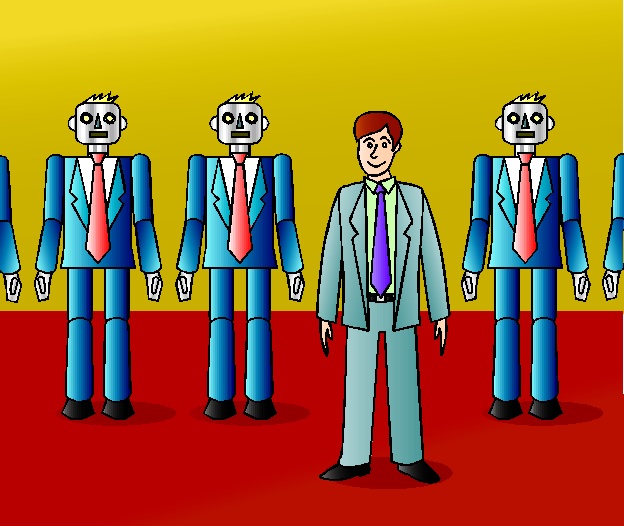 personalized and interactive programming to match changing listener tastes. However, while technology is essential, human talent will remain foundational.”
personalized and interactive programming to match changing listener tastes. However, while technology is essential, human talent will remain foundational.”
Clearly, Pinheiro is playing the long game while acknowledging that even as technology rocks the media world, the ability of people to meet the audience’s needs is essential to his company’s success.
The power of first party data
“We currently use first-party data to determine listener preferences and build advertising campaigns appropriately. We expect this strategy will develop in the near future with a greater emphasis on privacy-compliant procedures. As data rules change worldwide, we will continue to prioritize data protection and ethical usage while looking for new methods to use data for personalized content delivery.”
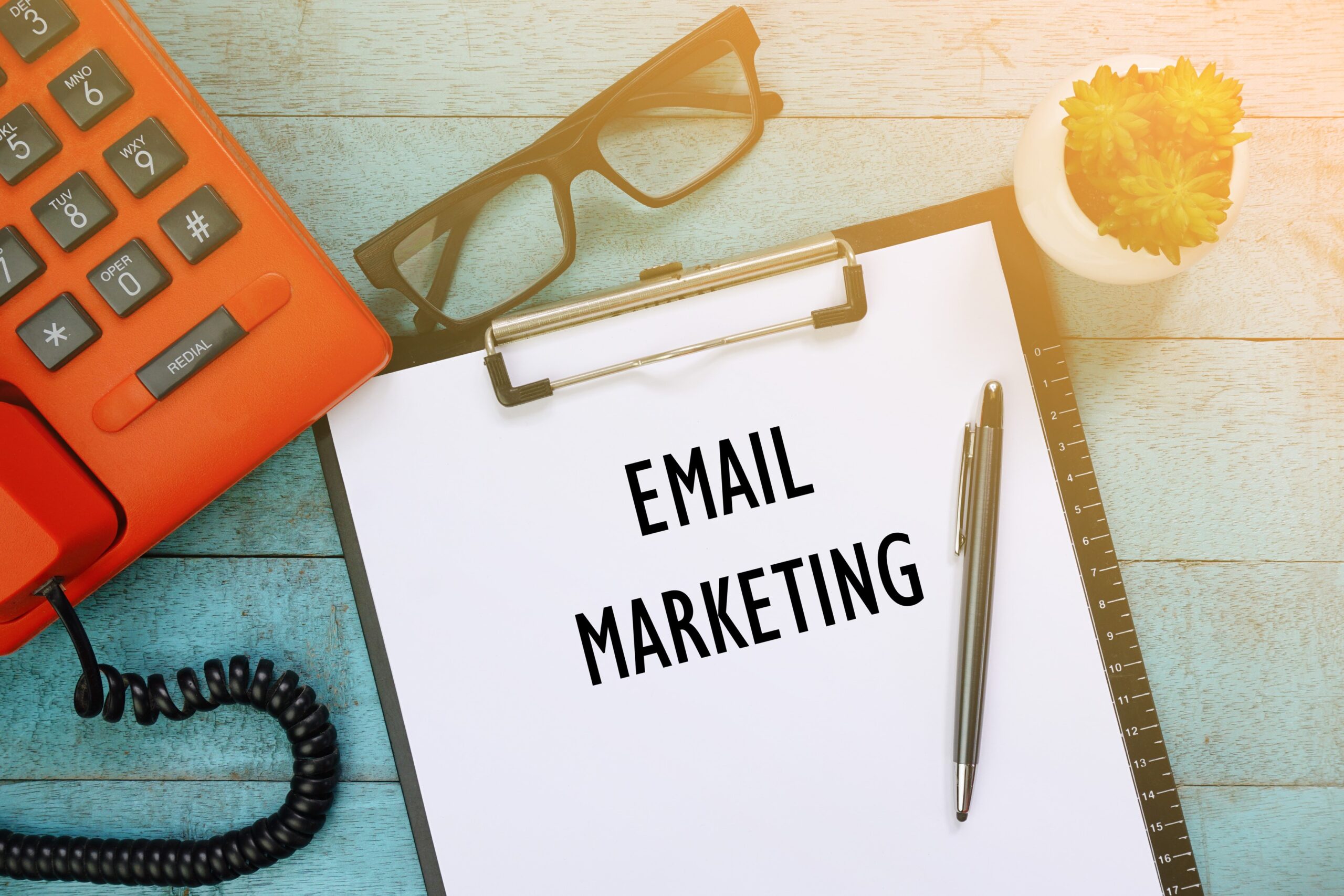 This is an area where many U.S. broadcasters have missed the moment – and perhaps missed the entire point. While it’s wonderful and good for the ego to have tens of thousands of fans and followers on social media platforms, broadcasters don’t own these assets or the data. It could all be gone in a flash if owners like Meta, Google, or Snap decide to institute a new policy tomorrow morning.
This is an area where many U.S. broadcasters have missed the moment – and perhaps missed the entire point. While it’s wonderful and good for the ego to have tens of thousands of fans and followers on social media platforms, broadcasters don’t own these assets or the data. It could all be gone in a flash if owners like Meta, Google, or Snap decide to institute a new policy tomorrow morning.
That’s one of the reasons we have consistently been so bullish on email databases. Stations own this first party asset, and as Pinheiro notes, it can be used to better understand listeners (think research like Techsurvey) and as well as to help clients better utilize the buying power of audience members. The data it can produce is ultimately more valuable than what stations are paying for ratings. And ultimately, this first party data can be used to create personalized, customized experiences.
This is one of the best takeaways from Pinheiro’s interview, especially when you consider how many American broadcasters simply don’t value it.
“The dashboard is the shrine”
While there may be significant differences between radio in Lisbon and Los Angeles, broadcasters in both places greatly value the car. Here’s Pinheiro’s read on the car:
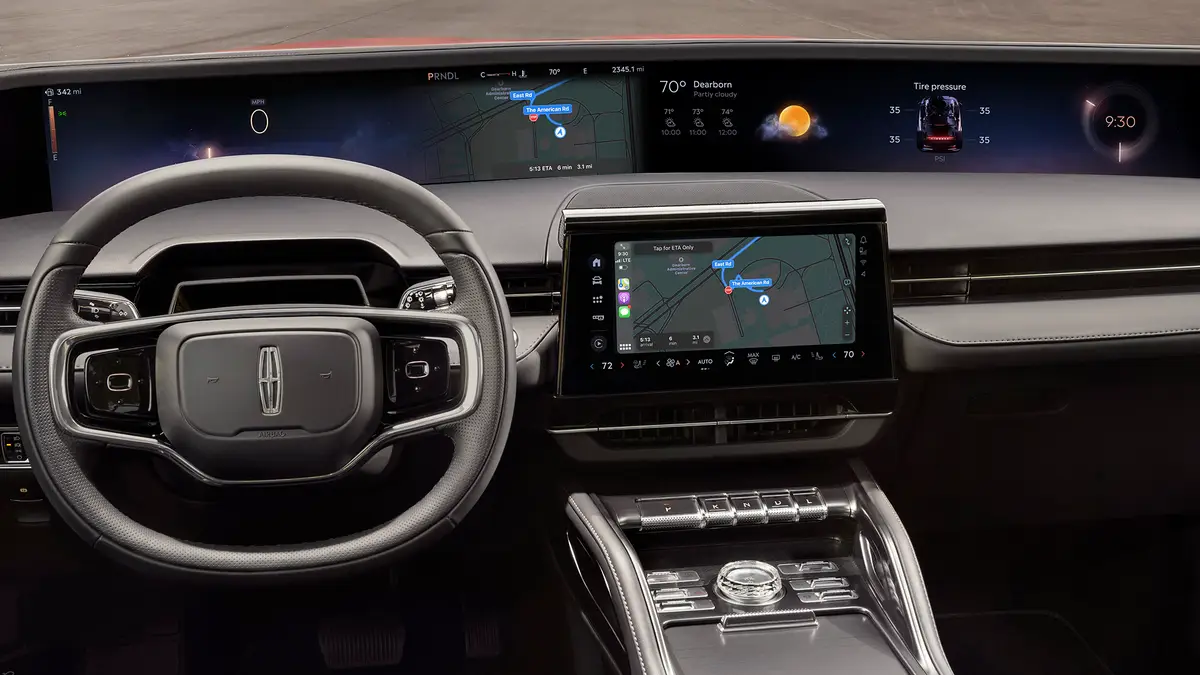
“If the car is the realm of radio, the dashboard is the shrine. We must master the car to lead, but if we want to be close to our audience, we must use mobility and cross-device strategies.
“As automobile displays become larger, we have adjusted our programming and sales techniques to keep up. Exploring innovative interactive features or targeted advertising approaches to maximize the impact of in-car listening is part of this.”
We often talk about these same issues and opportunities for radio, but execution in the U.S. remains spotty. As Pinheiro notes, this is a key beachhead for radio – one in which the industry needs to develop proficiencies. Our DASH Conferences, in partnership with Radio Ink, were designed to help broadcasters better understand automakers – and vice-versa.
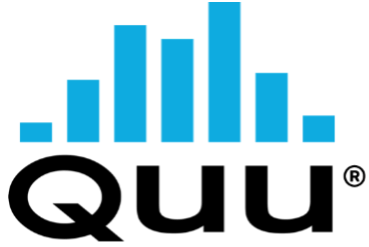 Today, it’s an imperative that radio ownership throughout the U.S. embrace the need to look as good as we sound in cars and trucks.
Today, it’s an imperative that radio ownership throughout the U.S. embrace the need to look as good as we sound in cars and trucks.
(By the way, join Paul, me, Mike McVay, Joe D’Angelo, along with Quu’s Steve Newberry for a free webinar on Wednesday, April 10 at 3pm ET. It’s all about a new in-vehicle survey cataloging 100 of the most popular new cars and trucks to inventory their dashboard features. Register here.)
Why teens matter to radio
This is why Eric posted this interview with Pinheiro on our blog. Here’s his rationale about the importance of youth, unlike anything I’ve ever heard from an American CEO:
“Younger listeners are critical for Renascença’s long-term viability, so we created content tailored to their interests. Developing a radio habit among younger listeners demands not just on-air methods but a strong online and social media presence.
strong online and social media presence.
“Simultaneously, younger listeners teach us a lot about where media is heading. They demand new information, entertainment, music and talent models, all within a peer-to-peer recommendation environment.
“They move fast and don’t look back, and we must move with them — be at their parties, help them find new music and introduce them to personalities, on all platforms, around the clock.
 “That’s what we do with Mega Hits. It is a talent nursery for all the other stations, our lab for procedures and systems and an innovation accelerator.”
“That’s what we do with Mega Hits. It is a talent nursery for all the other stations, our lab for procedures and systems and an innovation accelerator.”
As they say, lots to unpack here.
It looks like there’s more effort to create teen-driven content off the air, rather than on. Note how he talks about building a routine with the company’s online and social assets.
He also acknowledges the sheer speed at which young people move – and the need to keep up with them, and meet them where they are.
Finally, this idea of a “talent nursery” – in other words, an incubator to ensure there’s a youth pipeline for Renascença – is just plain visionary. Devoting a station to serving young people is something we rarely see American radio’s biggest companies invest in. And yet launched in 1998, the youth-focused Mega Hits is part of the company’s 3-station portfolio.
The CEO Role
Finally, Pinheiro’s assessment of what’s required from radio leadership. While everyone can agree the radio industry – and the media world it is now part of – has undergone profound change in just the last decade. Here’s the view from Portugal:
“Radio leadership used to be centered on a person with the vision and ability to lead the execution on all aspects. Today, any leadership centered on a CEO’s ego is doomed to fail.
“In a complex, fast-changing environment, we need a team aligned with a vision that can work organically, with clear roles and responsibilities, and can adapt operations on the fly to cope with multiple challenges without losing speed.
work organically, with clear roles and responsibilities, and can adapt operations on the fly to cope with multiple challenges without losing speed.
“Leadership today entails navigating both conventional and digital worlds to remain competitive and inventive in a rapidly changing media business. Additionally, the CEO position includes greater strategic emphasis on audience interaction, content personalization and income diversification.
“And never forget this: In an increasingly complex ecosystem and society, leading is about serving those who comprise it and are instrumental in its success.”
No question about it, the demands from the corner office have only magnified with each passing year, making a strong team mandatory. Note Pinheiro’s emphasis on the need for excellence in both what we consider traditional radio as well as the new demands from digital.
 But the comment that’s stayed with me since Eric Jon Magnuson sent me the story is that last poignant reminder about the need for internal leadership. I’m thinking about this long and hard from the vantage point of my own companies and my personal performance, as well as the many companies, organizations, and leaders we interface with.
But the comment that’s stayed with me since Eric Jon Magnuson sent me the story is that last poignant reminder about the need for internal leadership. I’m thinking about this long and hard from the vantage point of my own companies and my personal performance, as well as the many companies, organizations, and leaders we interface with.
Unlike the many “views from the corner office” interviews we read throughout the course of the year, this one was quite provocative, truly insightful, and very meaty. I hope it connected with you.
And I wish we were seeing the man from Portugal, José Luís Ramos Pinheiro, in Las Vegas later this month at the NAB.
- What To Do If Your Radio Station Goes Through A Midlife Crisis - April 25, 2025
- A 2020 Lesson?It Could All Be Gone In A Flash - April 24, 2025
- How AI Can Give Radio Personalities More…PERSONALITY - April 23, 2025




Agree that radio’s strength is timeliness and sense of place. Streamers and satellite really don’t deliver that well. Digital of course offers new opportunities for both programming and revenue, particularly on the dashboard. It would be smart if management took a holistic look at revenue and took some pressure off OTA radio as digital revenue ramps up. Adding visual advertising to vehicle screens should bring in more revenue. Perhaps some of that could be used to reduce the spot load on OTA radio, allowing companies to push rates up while offering lower cost advertising options using alternate delivery methods. Corporations really need to look at the health of the entire enterprise, not just squeeze every dime out of every delivery method in order to pad C-suite bonuses and retirement packages.
Great article Fred. As you know, this is something you and I have discussed for a number of years now. Here in North America our radio industry has been somewhat slow insofar as adapting to change and in particular the opportunities that digital audio presents along with the critical importance for radio to remain relevant in the car. This is what first took me to Radiodays Europe (RDE) years ago where they were well down the road in digital and podcasting for example, way before this was on the radar for most of us. Radiodays Europe has always been and continues to be an aggressive forward thinking conference for all things audio. This was evident again this past year in Munich where they set an attendance record for delegates. And this is why we’ve been able to partner with RDE to bring that energy, innovation and international world class expertise here with Radiodays North America. You were at last year’s inaugural event and got to see in person. Yes, this is also a plug for this year’s conference which takes place in the first week of June. The team has put together a great looking agenda spread out over three days. I encourage your readers to check this link out. (And it’s pure coincidence that your picture appears on the home page!)
https://cmw.net/radiodays/
Ross
To his point about “why teens matter”. That hasn’t changed. In Chicago Dick Biondi was known for sock hops which was the social “media” of the day. The more things change, the more they stay the same.
No, teens have traditionally been an important demographic. Fortunately, WLS and WCFL didn’t have to chase 25-54 year-olds.